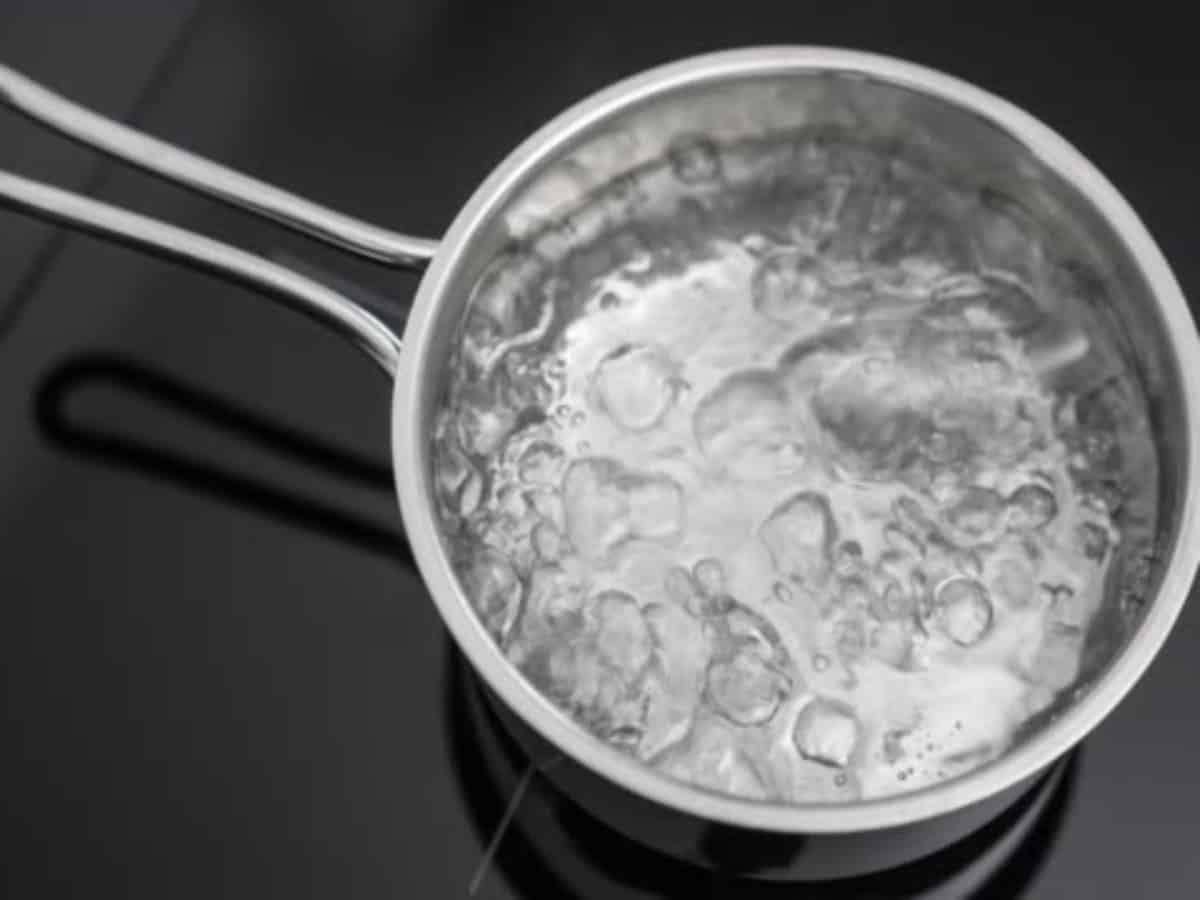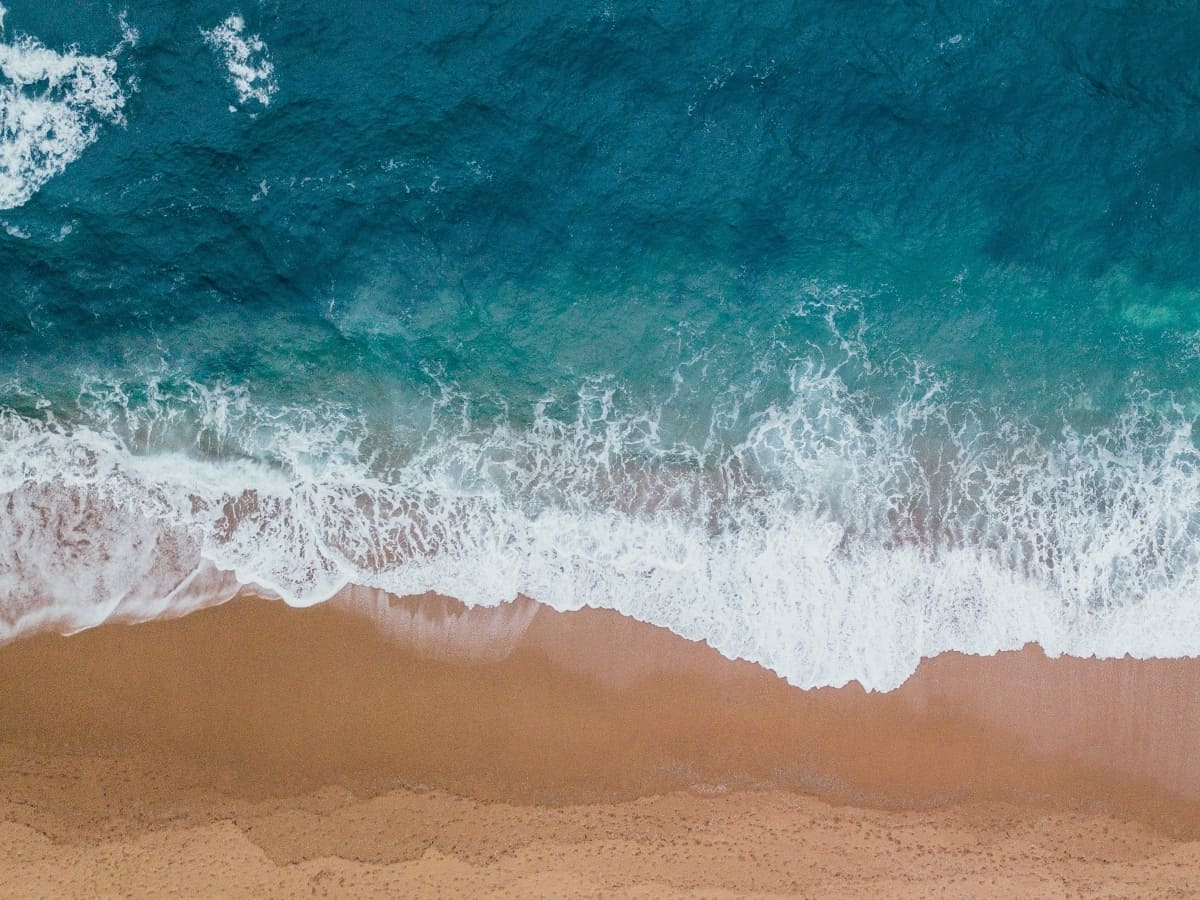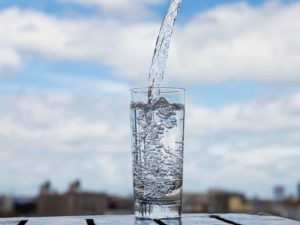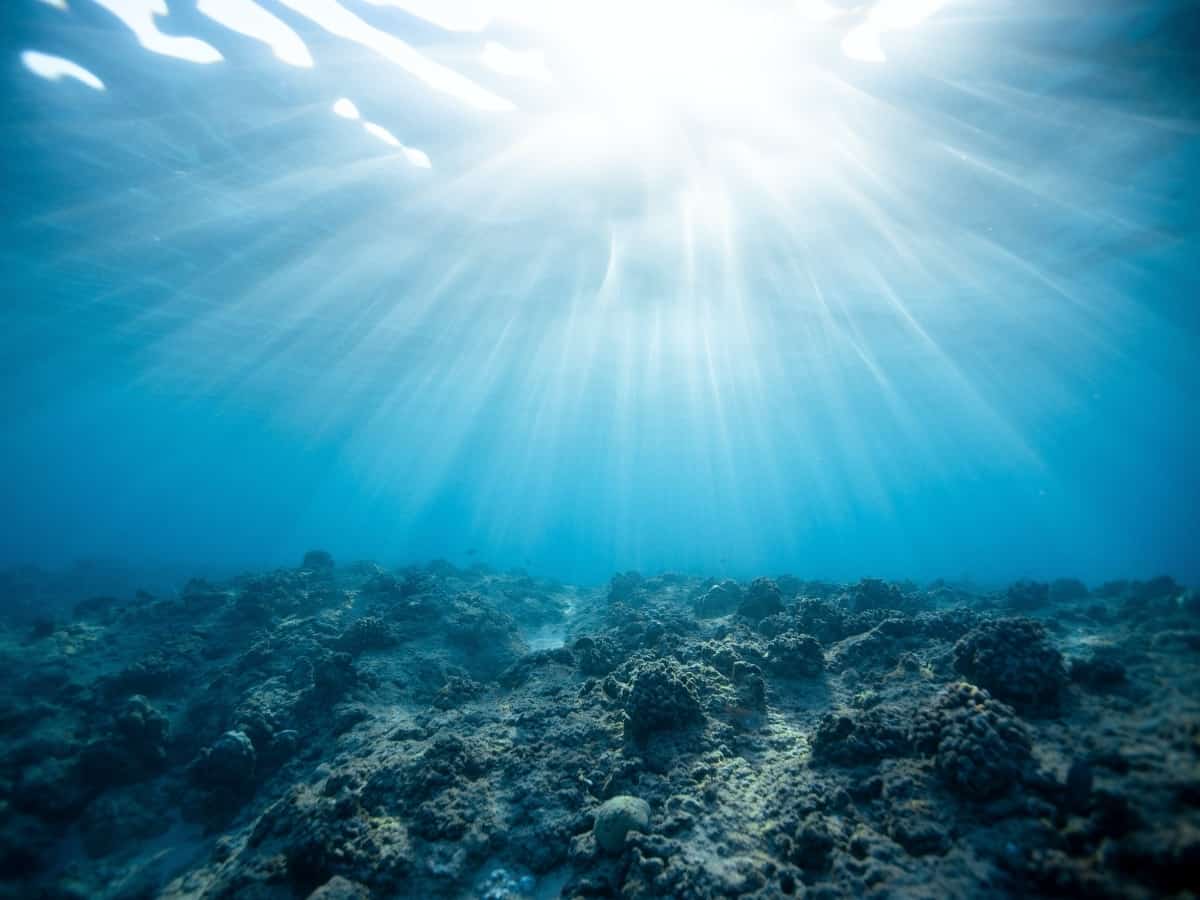71% of the Earth is made of water, but only 2% of that is pure water. If you find yourself lost on an island and the only option is salt water, should you drink it? Can salt water be filtered or purified? Knowing these tips can help you in a life or death situation.
Can I Drink Salt Water?
According to the US Geological Survey (USGS), no you cannot drink salt water without proper filtration.
Why?
Drinking salt water will dehydrate you, and at high doses, salt water is toxic to humans. The human body is not able to get rid of salt that naturally occurs in saltwater, or seawater. While your body normally gets rid of excess salt via the kidneys, our bodies rely on fresh water to dilute pre-existing salt in the body. With the additional salt being added, your kidneys cannot work properly. With too much salt in your body, your kidneys will fail.
Drinking salt water can have these effects on your body:
- Seizures
- Coma
- Death
Knowing this information, it’s best to skip the salt water.
Can Salt Water Be Filtered?
Yes! Salt water can be filtered. There are a few different methods to filter it, and some processes can even be tried at home. This happens through a process called “desalination.” This is the act of removing salt from saltwater. Knowing this information could help if there isn’t clean water in your area, or if you’re stranded without access to a freshwater source.

Process #1: Using a Pot and Stove
This method can be used at home! You only need a pot with a lid, stove, an empty glass, and salt water. This is a six step process.
- Find a pot that is large enough to withstand the amount of salt water you plan to purify. If you’re only using it for one glass, use a smaller pot. If you’re wanting to filter a larger amount, then find a pot that can sustain the desired volume.
- Place the empty glass in the pot.
- Fill your pot with salt water, but be careful not to overfill. You should stop filling the pot well before it has reached the top of the glass because the water will boil. When water is heated, the molecules have more energy and take up more space than cool water.
- Put the lid on top of the pot.
- Bring the water to a slow boil. You’ll know the water is beginning to boil when tiny bubbles appear at the bottom of the pan. At this point, make sure your heat is low enough to withstand a slower boil.
- Boil the water for at least 20 minutes. During this, the salt water will have turned into water vapor that lands on the top of the lid, turns to water droplets, then fills the empty glass with clean, unsalted water.
- Wait a while before drinking the water. Both the water in the pot and the glass inside the pot will be very warm. Instead of burning yourself, remove the lid from the pot, move it off the stove, and wait for it to cool.
- Finally, drink up!
At Home System With Reverse Osmosis
While you could filter salt water in a pot at home, you could also have a large filtration system that does it for you. In reverse osmosis, the water is forced through small membrane filters that remove the salt water.

Using Solar Desalination
This is a method that would be used if you are not at home, and do not have a fresh water source.
- Collect salt water in a bowl or container. Do not fill it all the way up, leave space at the top. Make sure that this container is airtight and is not allowing any leaks.
- Place a cup or a smaller container in the center of the first bowl or container. Do this very slowly. You’ll want to make sure that saltwater won’t splash into your cup. If this happens, your freshwater is already contaminated before it was even collected.
- Cover the container with plastic wrap, or any material that can provide a tight seal around the container.
- Place something with weight in the center of the plastic wrap. This could be a rock, or anything heavy enough to force the plastic wrap to dip into the center.
- Place the saltwater in direct sunlight. This will heat the water and bring water droplets to the top of the plastic wrap. Eventually, these water droplets will fall into the empty cup, filling it with fresh water. This process can take hours, so be patient.
- Once there is a sufficient amount of water in your cup, you are free to drink that. Make sure you are only drinking the fresh water from the cup, not the salt water.
ONIT: Here For All Your Water Filtration Needs
At ONIT, we believe that everyone should have access to fresh, filtered water. Whether you’re wanting to desalinate water, or just want to remove hard water stains; we have you covered!
Fill out your information for a free quote, or give us a call at 1-833-433-0331 to speak to a live representative today.



